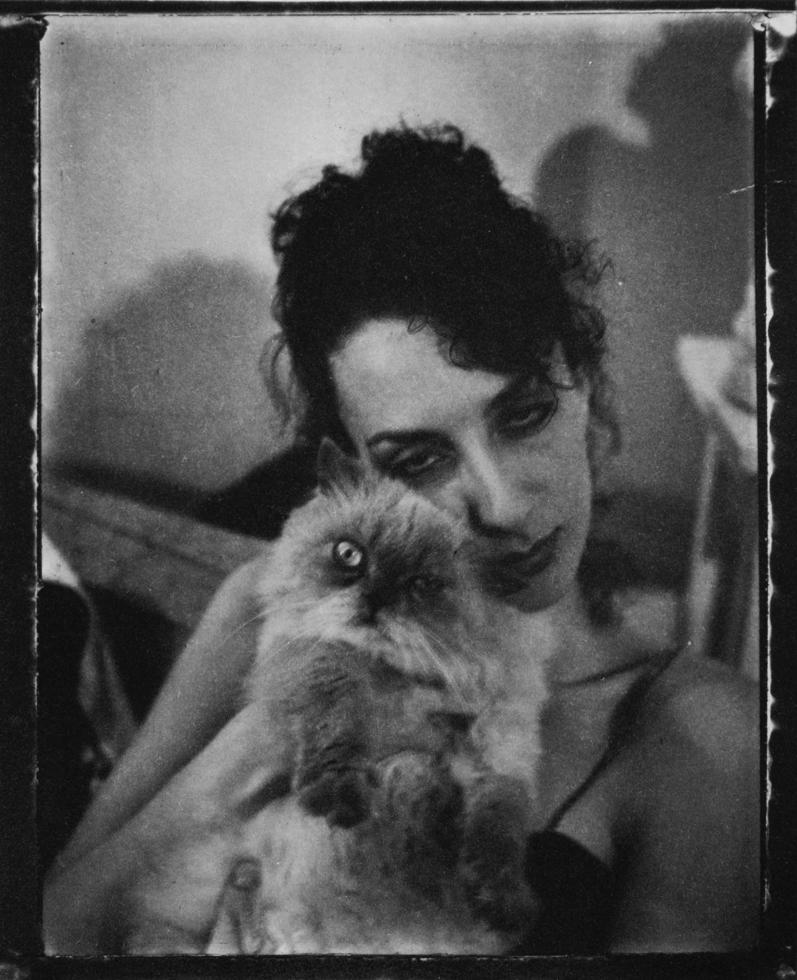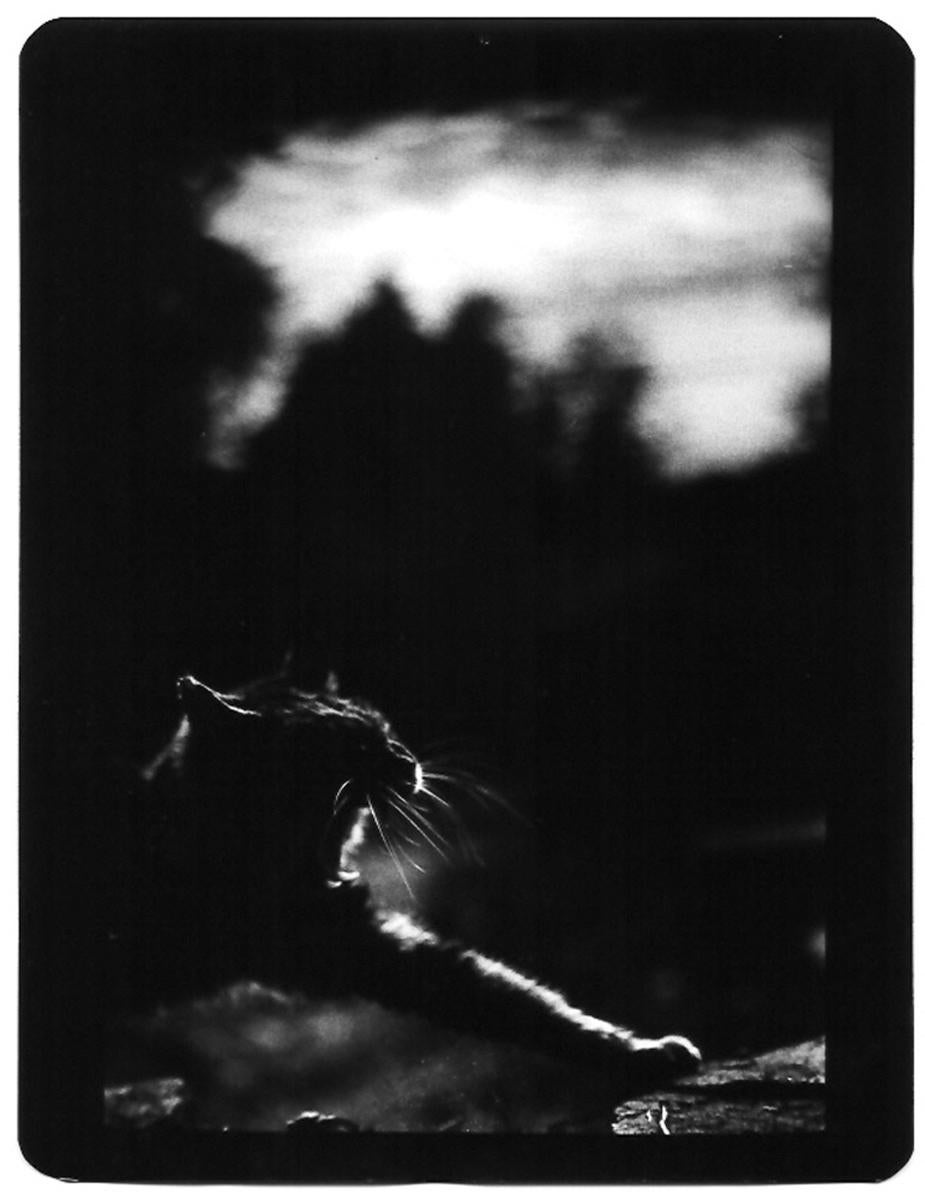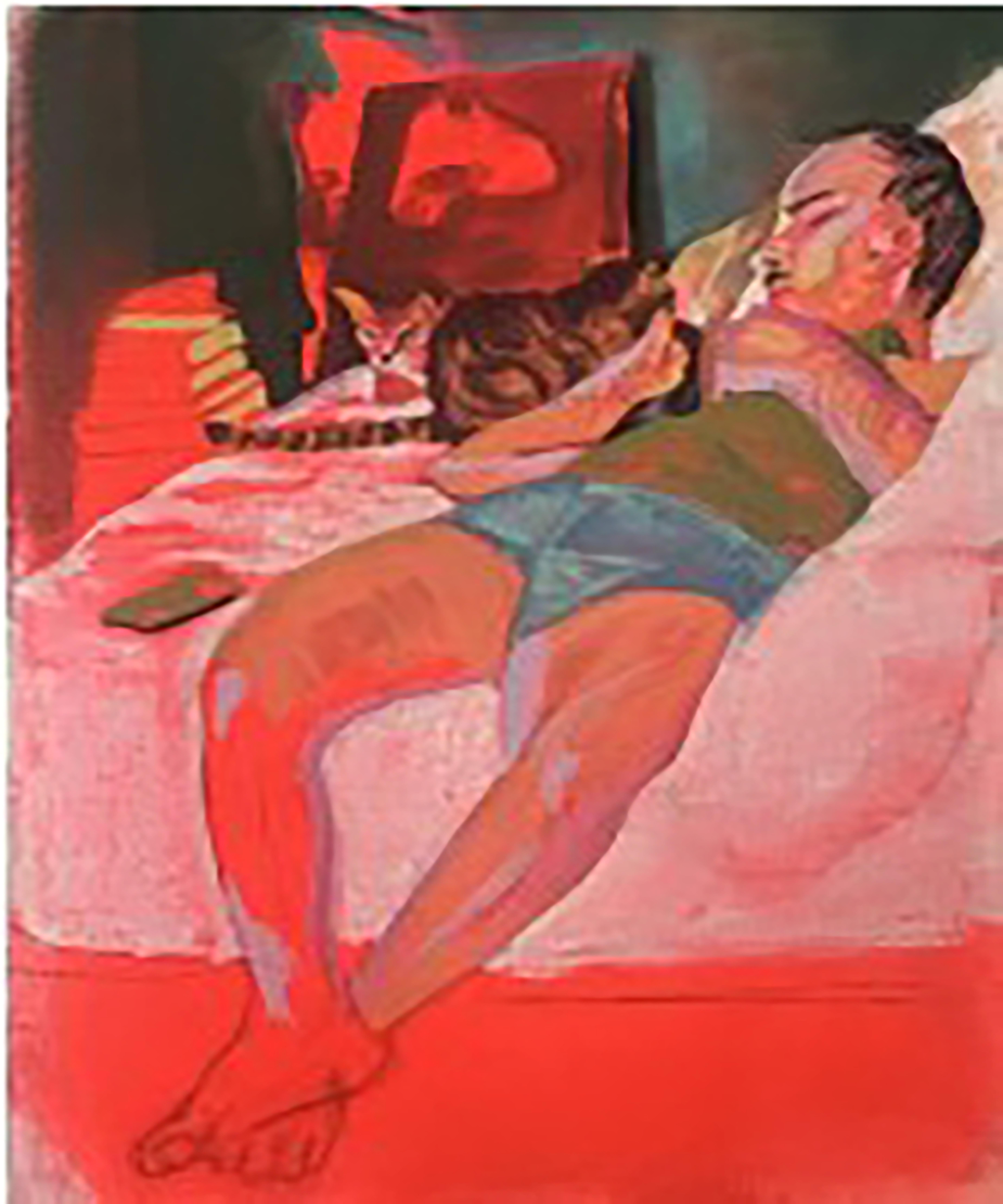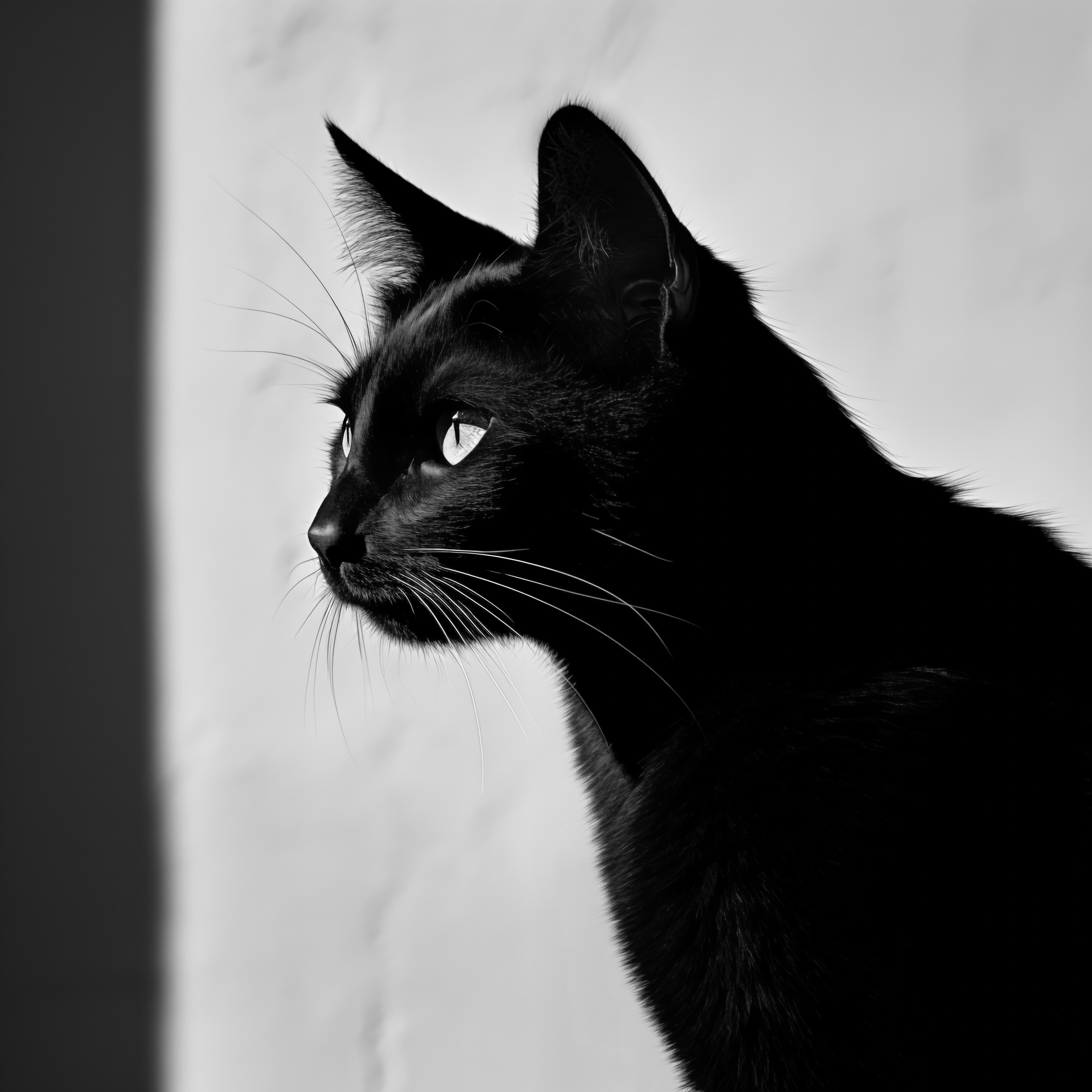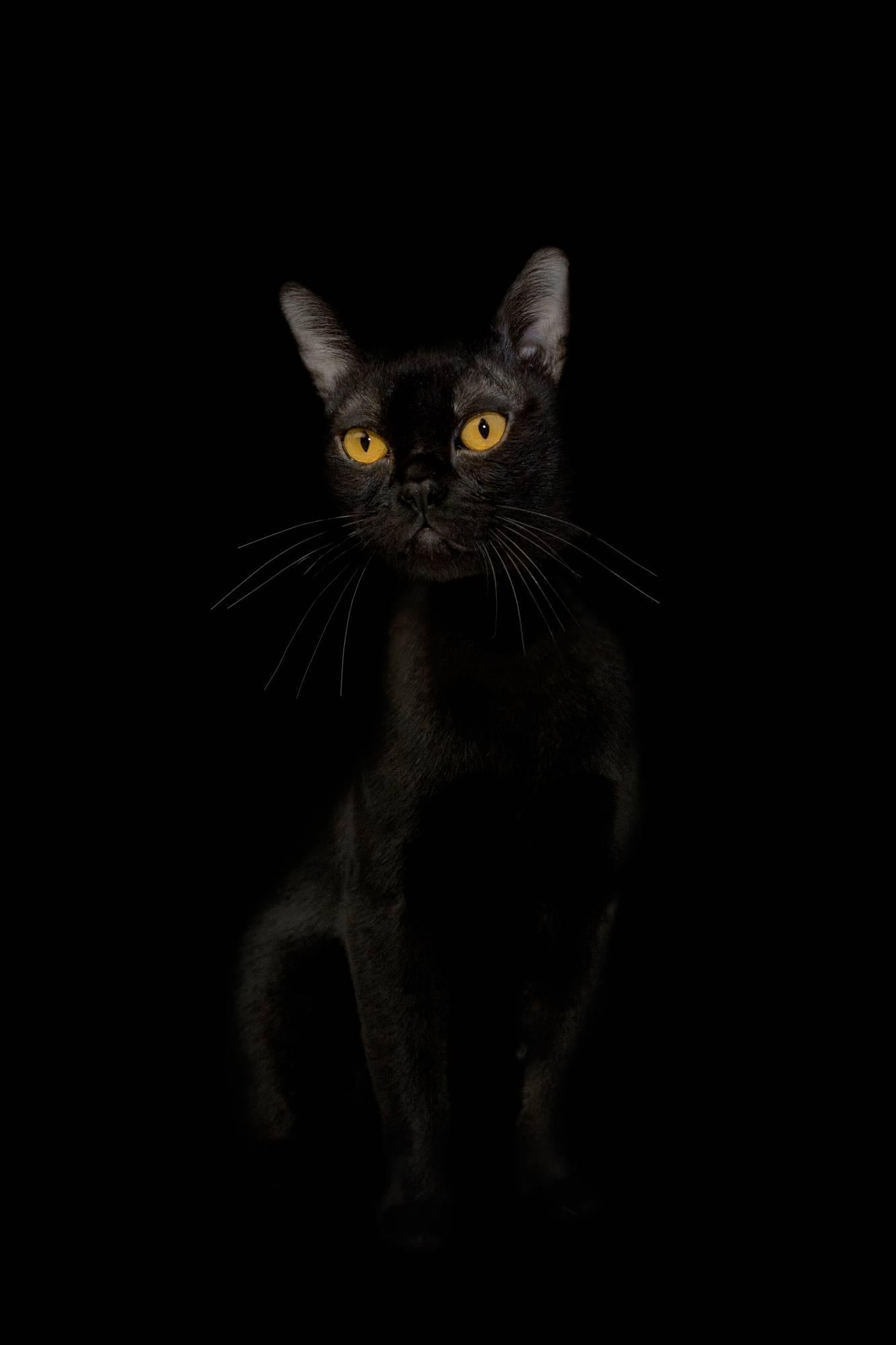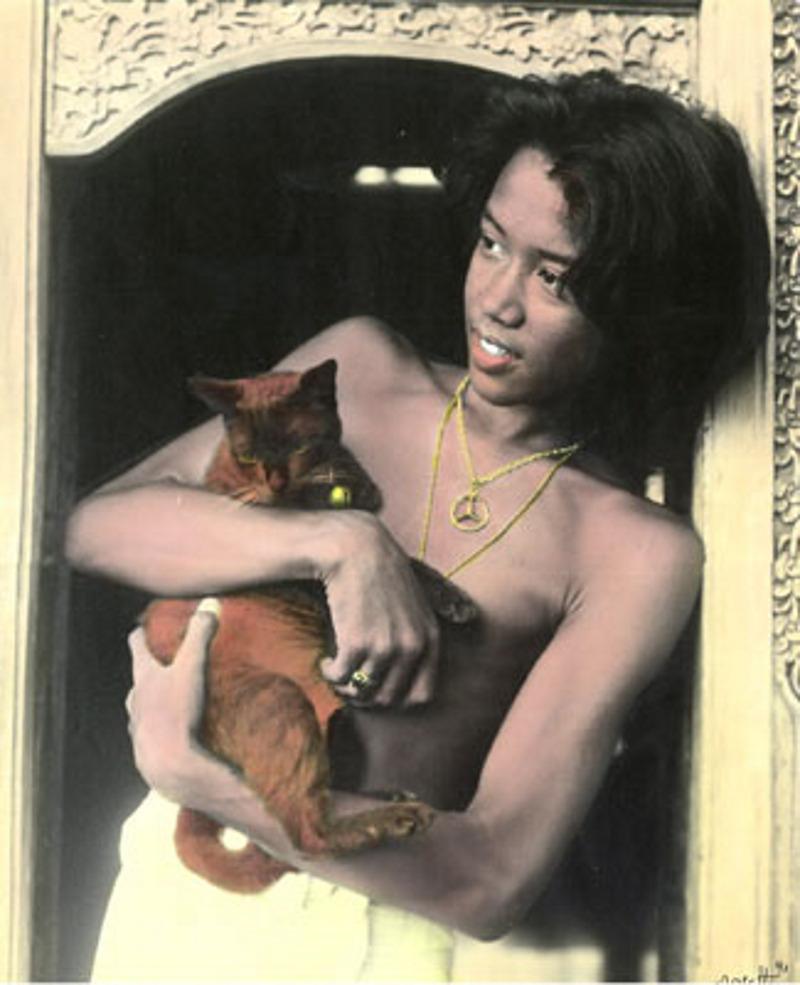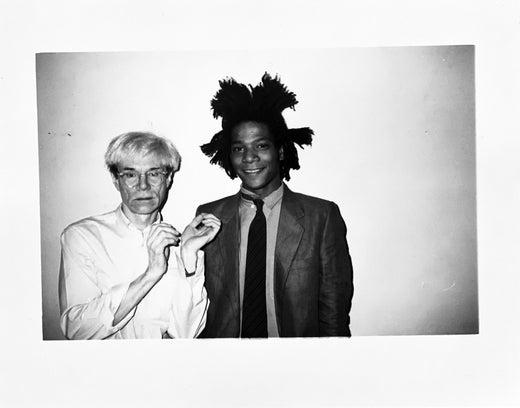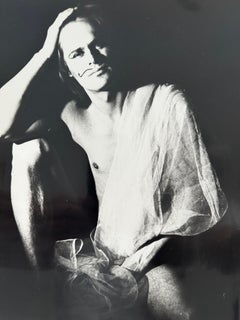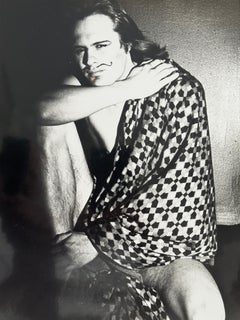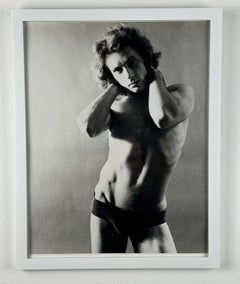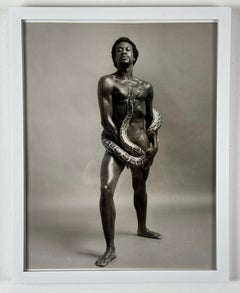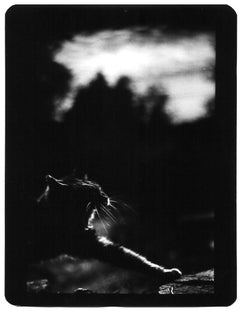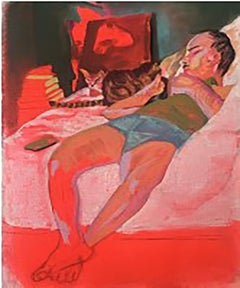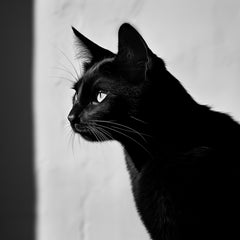Christopher MakosMan with Catca. 1970
ca. 1970
About the Item
- Creator:Christopher Makos (1948, American)
- Creation Year:ca. 1970
- Dimensions:Height: 8.25 in (20.96 cm)Width: 10 in (25.4 cm)
- More Editions & Sizes:noPrice: $4,000
- Medium:
- Movement & Style:
- Period:
- Condition:
- Gallery Location:Wilton Manors, FL
- Reference Number:1stDibs: LU245213030542
Christopher Makos
Christopher Makos, born in 1948, is an American photographer and artist. He spent his adolescence in California and as a young adult, moved to Paris, France, to study architecture. After extensive traveling throughout Europe, Makos became the apprentice of Man Ray, a photographer and close friend of Marcel Duchamp. During the great artist's last birthday celebrations in Italy, the master Surrealist Man Ray took a special interest in Makos and shared many practical insights into his working method as a photographer.
In 1977, Makos burst onto the photography scene with his book, White Trash. This raw, beautiful chronicle of the downtown NYC punk scene, interspersed with portraits of Uptown Boldface names, became a turning point for his career as a photographic journalist. Makos became close friends and collaborated extensively with Andy Warhol, whom he showed how to use his first camera. Warhol dubbed Makos the "most modern photographer in America" and his book, Warhol: A Photographic Memoir, details his extensive travels and friendship with the Pop art superstar. Later, Makos introduced Warhol to the work of both Jean-Michel Basquiat and Keith Haring, connecting the major players of the contemporary art world.
Makos continued to document the New York scene throughout the 1980s using his Interview Magazine "IN" column to present up and coming stars such as Matt Dillon, Christian Slater, Robert Downey Jr. and Tom Ford. Makos then began his long-term love affair with Spain, where he continues to be a regular in Madrid. His portraits of Pedro Almodovar, Agatha Ruiz de la Prada, Bibi Andersen and Miguel Bose helped identify La Movida. Makos has developed his distinctive photographic style to take legendary photographs of the world’s most famous icons, including portraits of Keith Haring, Andy Warhol, Elizabeth Taylor, Salvador Dalí, John Lennon, Tennessee Williams and Mick Jagger. Makos's work has been in the permanent collections of more than 100 museums and major private collections, including those of Malcolm Forbes, Pedro Almodóvar and Gianni Versace.
Christopher Makos’s photos have been the subject of numerous exhibitions both in galleries and museums throughout the United States, Europe and Japan and have appeared in countless magazines and newspapers worldwide. His work has been published in Interview, Rolling Stone, House & Garden, Connoisseur, New York magazine, Esquire, Genre and People, among many others. The beloved portrait of Warhol wrapped in a flag was featured on the front cover of the Spring 1990 issue of the Smithsonian Studies.
Makos’s projects include a book of his SX 70 Polaroids, with an essay by his friend Calvin Klein. Lady Warhol, published in 2010, presents 120 portraits of Andy in various wigs and make-up guises from the 1981 two-day Makos shoot they conceived as an homage to Man Ray's Rrose Sélavy collaboration.
Christopher Makos has truly become a seminal figure in the contemporary art scene in New York — find a collection of his photography today on 1stDibs.
(Biography provided by Arton Contemporary)
- ShippingRetrieving quote...Shipping from: Wilton Manors, FL
- Return Policy
More From This Seller
View All1970s Realist Black and White Photography
Photographic Paper
1970s Realist Black and White Photography
Photographic Paper
1970s American Realist Black and White Photography
Silver Gelatin
1970s American Realist Black and White Photography
Silver Gelatin
1970s Realist Black and White Photography
Photographic Paper
1970s Realist Black and White Photography
Photographic Paper
You May Also Like
1980s Other Art Style Portrait Photography
Photogravure
Early 2000s Modern Black and White Photography
Photographic Paper, Silver Gelatin
21st Century and Contemporary More Art
Paper, Pastel
21st Century and Contemporary American Modern Portrait Photography
Photographic Paper
2010s Contemporary Black and White Photography
Archival Pigment
1990s Portrait Photography
Photographic Paper
